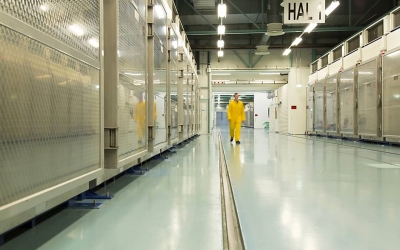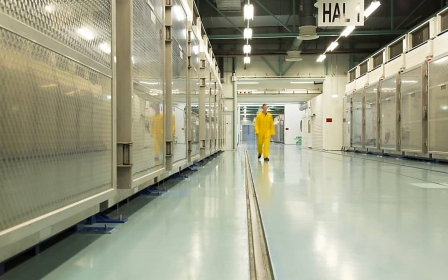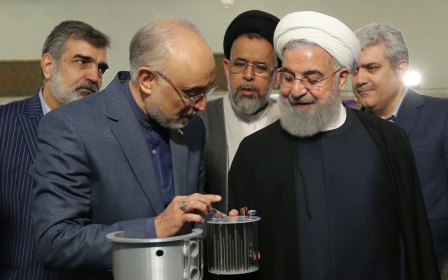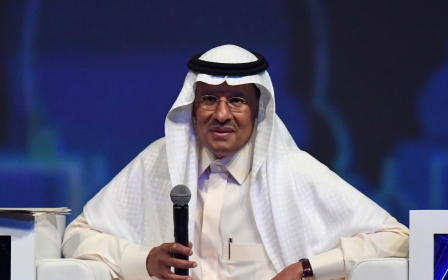Iran, Russia take key step in building second nuclear power reactor
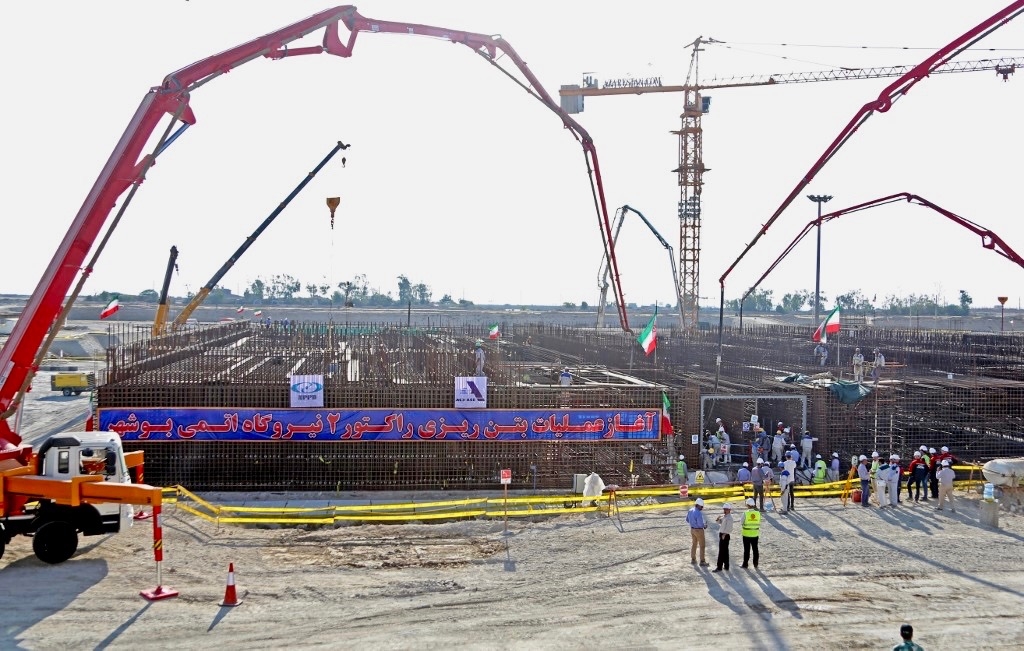
Tehran and Moscow on Sunday began pouring concrete for a second reactor at Iran's sole nuclear power plant in Bushehr on the Gulf coast.
Ali Akbar Salehi, head of the Atomic Energy Organization of Iran (AEOI), and deputy chief of Russia's nuclear agency Rosatom, Alexander Lokshin, launched the new stage of the project at a ceremony where concrete was poured for the reactor base, AFP said.
The Islamic republic has been seeking to reduce its reliance on oil and gas through the development of nuclear power facilities.
"Nuclear power provides reliable electricity... and each power plant saves us 11 million barrels of oil or $660m per year," Salehi said in a televised ceremony, according to Reuters.
The landmark 2015 nuclear deal that Iran signed with six major powers, including Russia, placed restrictions on the sort of nuclear reactors Tehran could develop and its production of nuclear fuel. But it did not require Iran to halt its use of nuclear energy for power generation.
"In a long-term vision to 2027-2028, when these projects are finished, we will have 3,000 megawatts of nuclear plant-generated electricity," Salehi said at the ceremony.
Russia built the existing 1,000 megawatt reactor at Bushehr, about 750 kilometres (460 miles) south of Tehran, that came online in September 2011 and is expected to undertake construction of a third in the future, according to the AEOI.
As part of the 2015 agreement, Moscow provides Tehran with the fuel it needs for its electricity-generating nuclear reactors.
Intended to guarantee that Iran's long-controversial nuclear programme would never be used for military purposes, the survival of the deal has been under threat since the United States unilaterally withdrew from the agreement in May 2018, reimposing biting economic sanctions.
In response to the sanctions, which deprive Iran of anticipated benefits from the deal, Tehran began walking back on its commitments in May.
Bushehr is fuelled by uranium produced in Russia and is monitored by the United Nations’ International Atomic Energy Agency. Still, in July Iran began 4.5 percent enrichment in part to supply Bushehr, despite the deal limiting it to 3.67 percent, the BT website reported.
While this is still nowhere near weapons-grade levels of 90 percent, nonproliferation experts warn Iran’s growing stockpile and increasing enrichment will begin to shave off time from the estimated year Tehran would need to gather enough material for an atomic bomb, according to BT.
Middle East Eye delivers independent and unrivalled coverage and analysis of the Middle East, North Africa and beyond. To learn more about republishing this content and the associated fees, please fill out this form. More about MEE can be found here.


